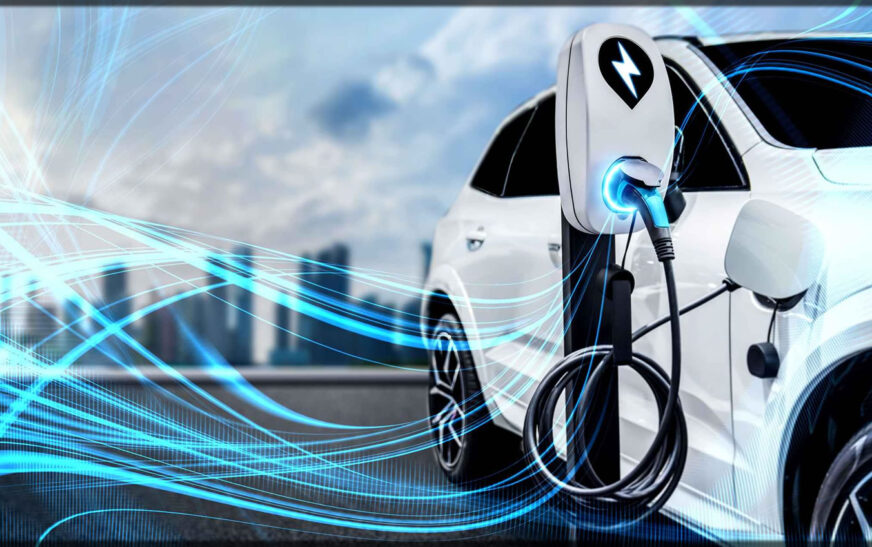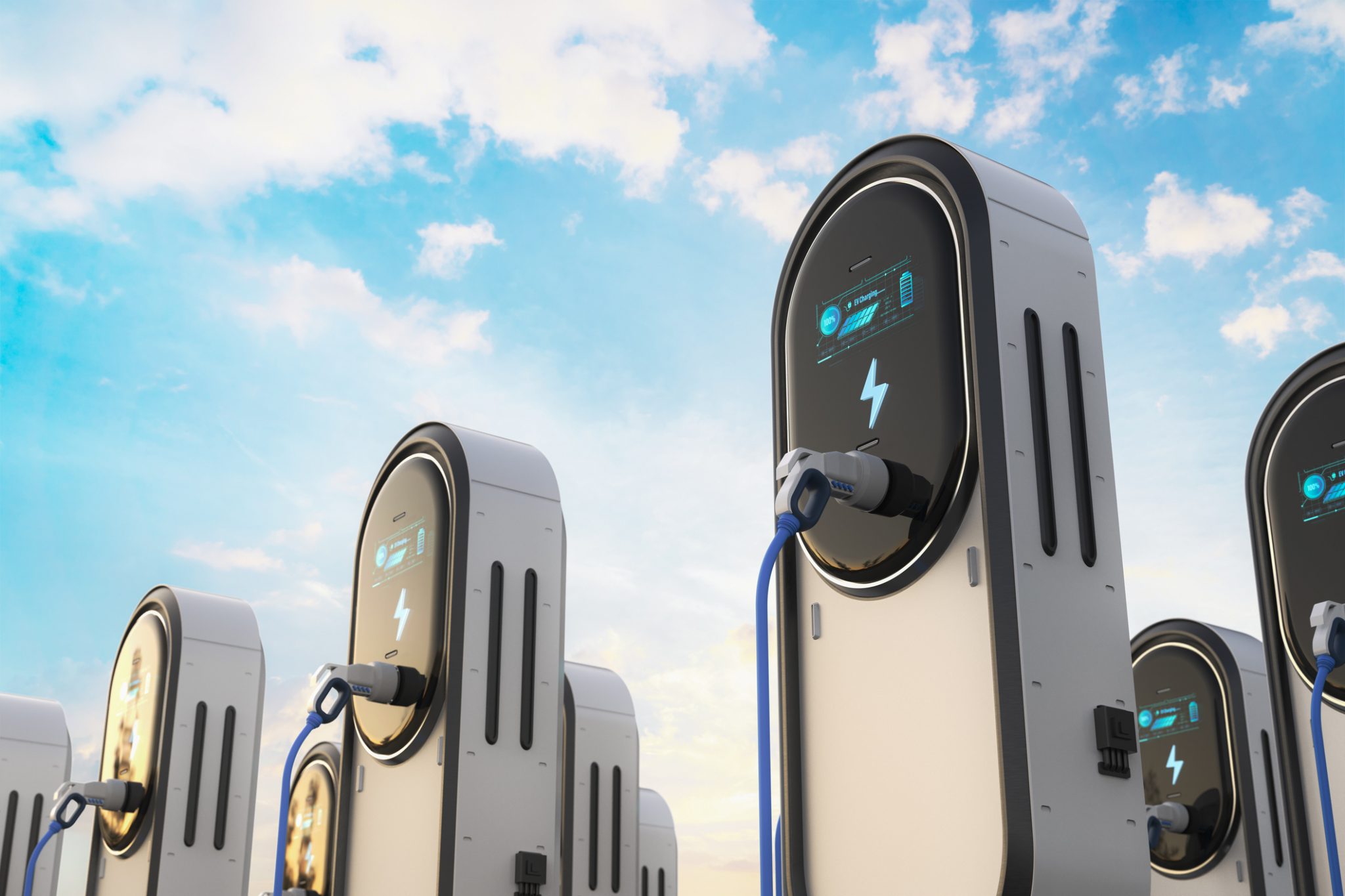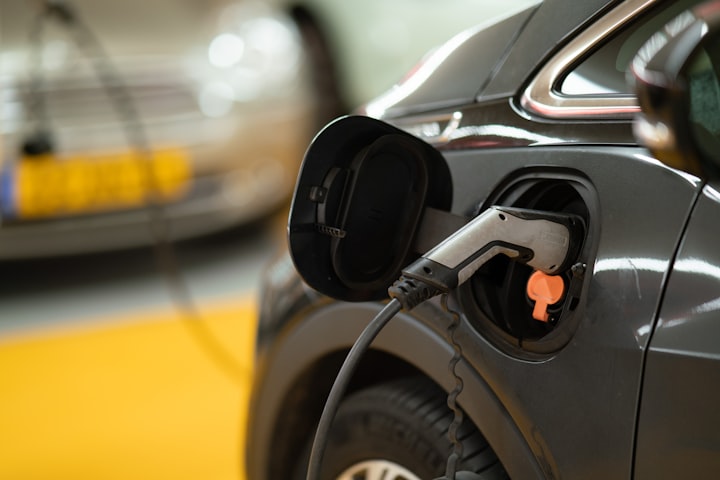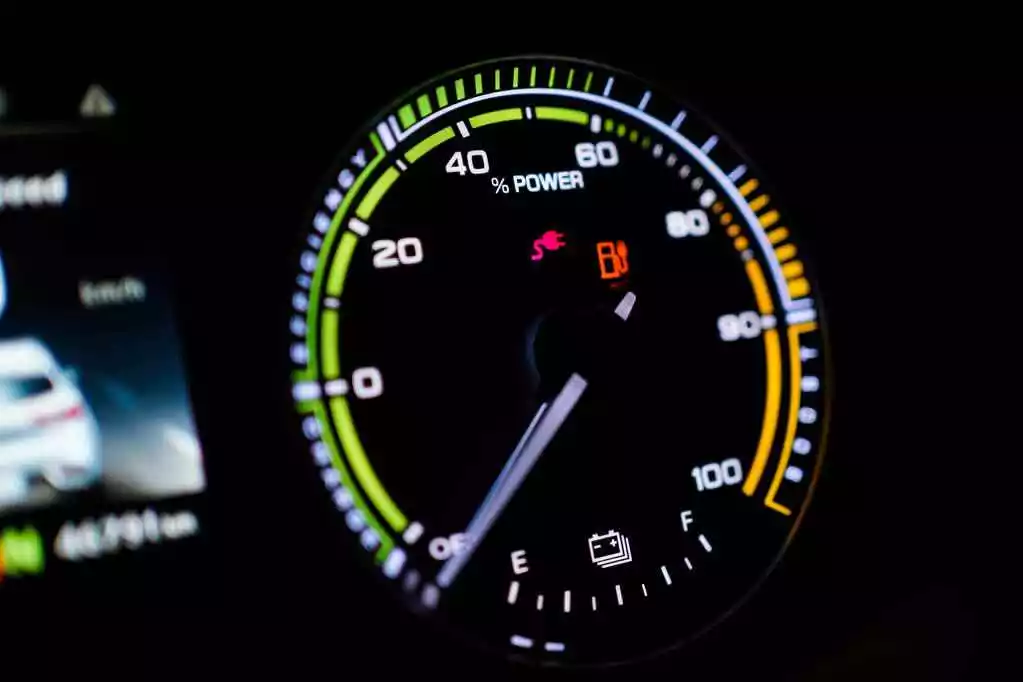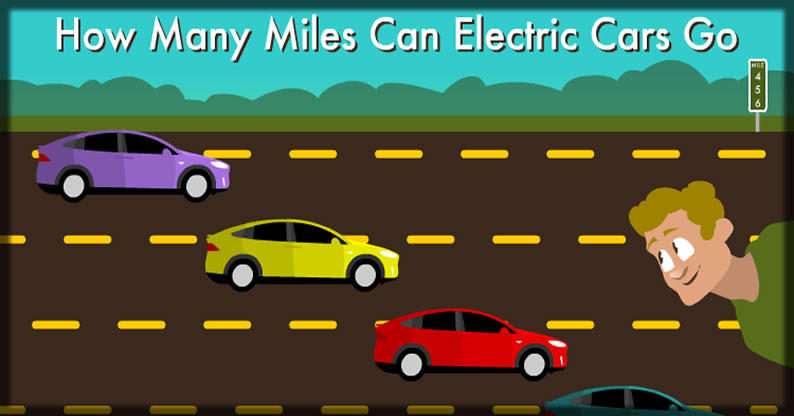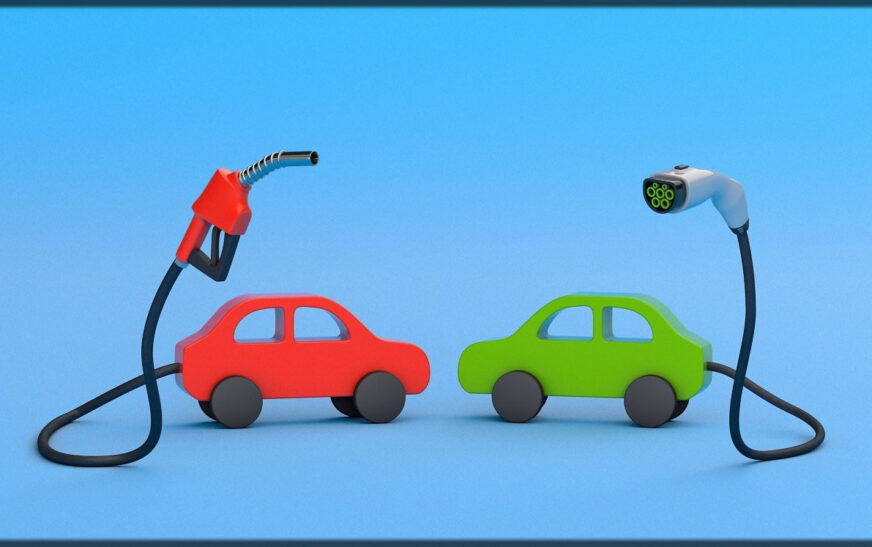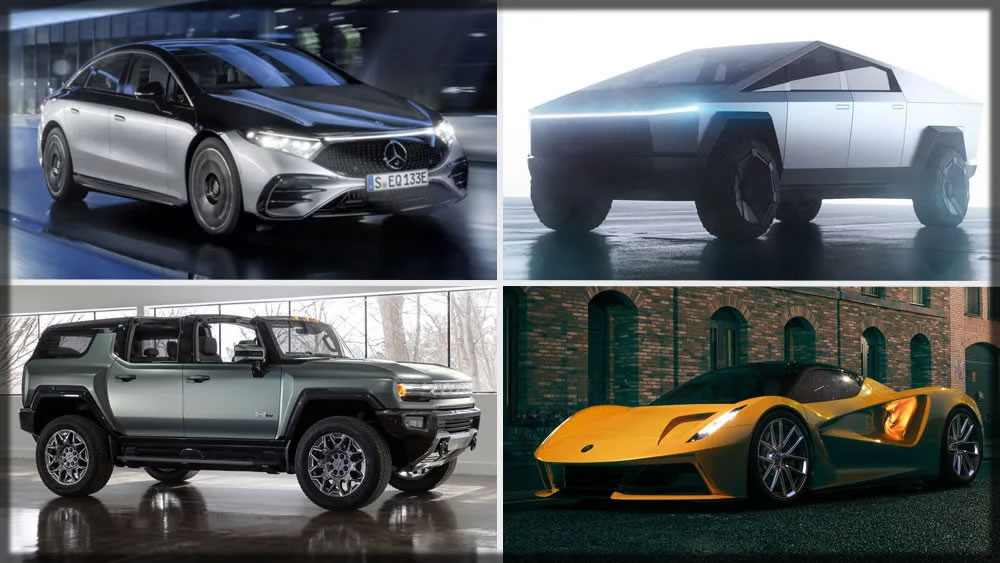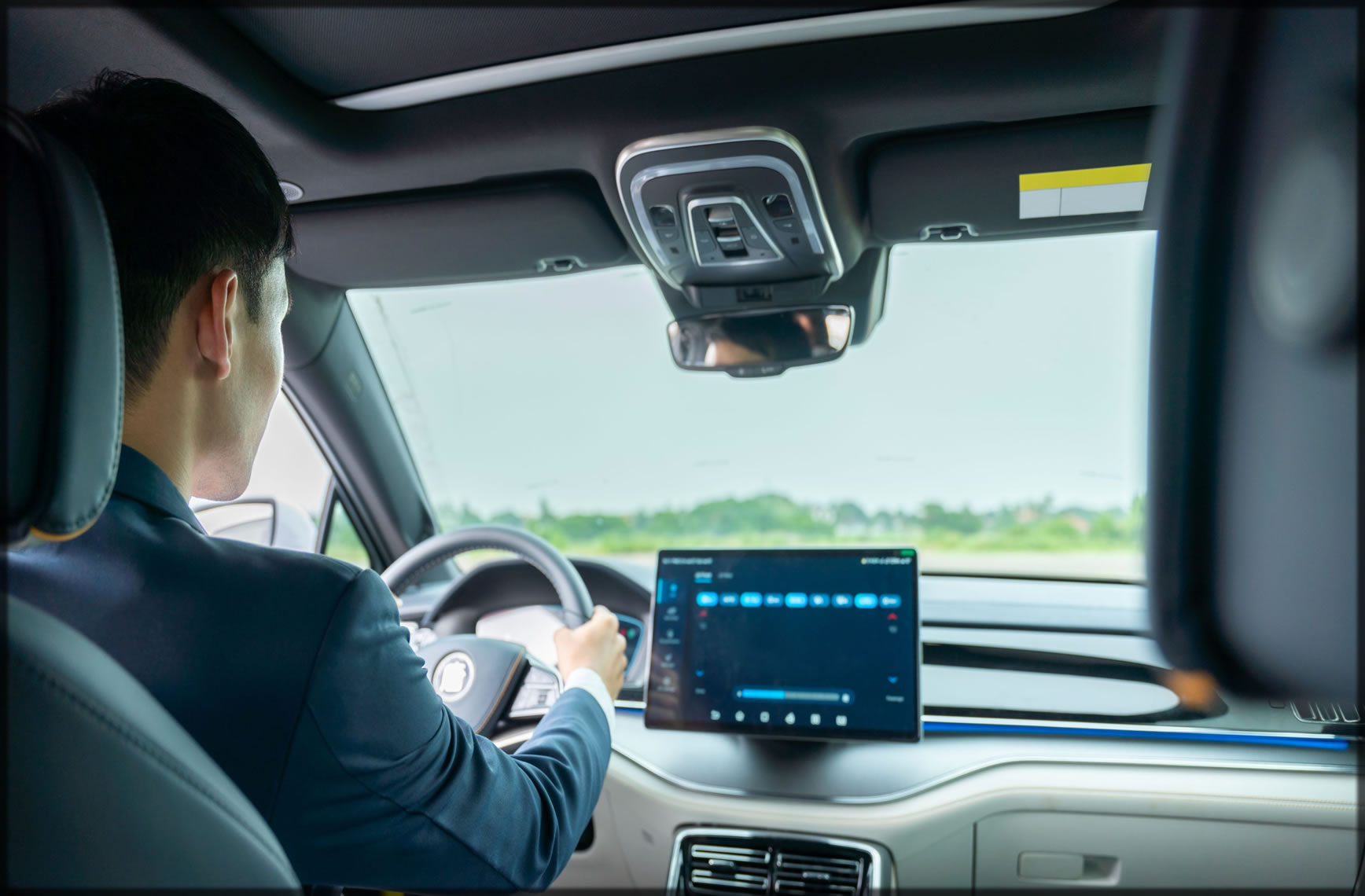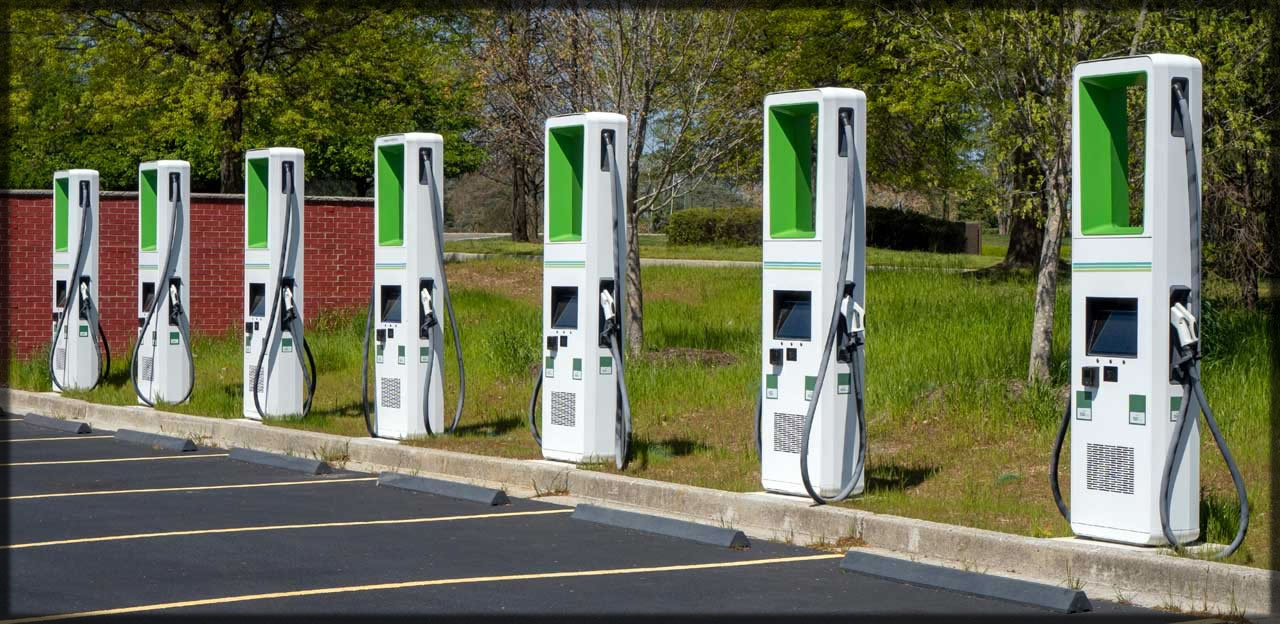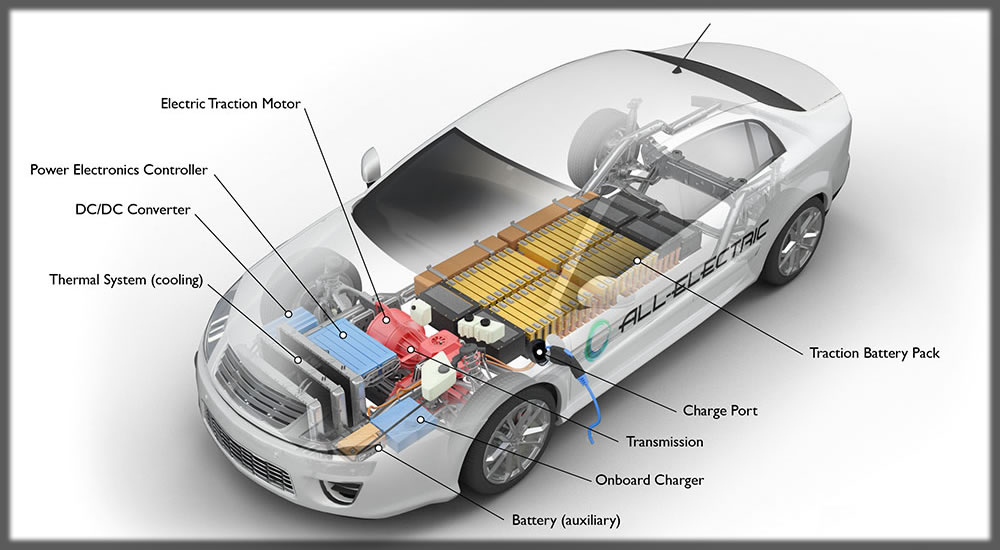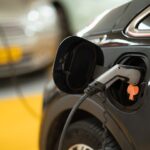The future of Electric cars and Trends to follow in 2025. If you’re like me, then in the past few years, you’ve probably waited with anticipation to witness in what direction electric cars (EVs) will head. The automotive sector is at a period of transition that is nothing less than exciting, and 2025 is shaping to become a breakaway period for electric cars. But just what can we expect? Let’s have a glimpse at a several exciting, new trends that will most likely mold the future of EVs.
1. Charging Innovation: Faster, Smarter, Anywhere
Perhaps one of the biggest challenges for EVs today is charging time, but times will soon enough change in a significant manner. As technology keeps moving, charging times will become increasingly quick. By 2025, high-speed chargers will become widespread, and charging times will drop to a matter of minutes. And it’s not all about velocity—intelligent charging stands will soon become a reality, utilizing AI to monitor and direct energy flow and even allow car owners to schedule a charge during off-peak hours in an attempt to save them money and ease grid demand.
What is even more fascinating is the new concept of charging terminals—imaginations can run with them in terms of EV superstations at highway stops, where one can charge one’s vehicle, grab a quick bite, and even work in an environmentally friendly lounge, perhaps even attend to work. Long distance driving in EVs will become no less convenient in such terminals as in traditional cars run with gasoline.
2. No More Range Anxiety
Anxiety over range, or not having a full enough battery to arrive at your location, has been one of the biggest concerns for EV owners. With batteries becoming ever more efficient and new technology in the works, the 2025 average range for an EV will go well over 400 miles per charge. Manufacturers even refer to cars that can drive 500 miles and then some, no problem.
What will it mean for your ordinary commuter? Long car trips will no longer have any distinguishing feature over driving a traditional car, and that nervousness about finding a charging stop in the middle of nowhere? Forget about it!
3. EVs That Can Talk to Each Other (and to You
And then there’s this one, futuristic, but humor me with it. With V2X technology, driving EVs will become even more chatty. What a scenario: your car discussing with surrounding traffic lights, pedestrians, and even fellow cars. By 2025, advanced technology will allow EVs to converse in real-time in order to make driving safer, ease traffic, and even predict maintenance needs even when they’re not yet a problem.
In addition, even more EVs will feature cutting-edge voice command, and with your hands firmly in position at the wheel, you can manage everything, including temperature and route guidance, with your voice. It’s about simplifying your driving life, smartening it, and making it a joy.
4. EVs Mass Goes to Emerging Markets
Surprisingly, rich countries and nations with developed charging networks don’t have to have electric cars exclusively for them alone. By 2025, EVs will have gained strong traction in emerging economies. With batteries becoming less costly and governments in countries putting in incentives, EVs will become even more affordable worldwide. That transition will make cleaner, quieter, and less expensive transportation a reality for even larger groups of people.
Electric cars will soon be in all dimensions, forms, and price segments, and will become universally accessible, no matter one’s location, when car companies boost output and new companies enter the field.
5. Autonomous Electric Cars: No Long a Pipe Dream
Autonomous technology has long been a buzzword, but in 2025, autonomous EVs will have a big impact in a big manner with advances in AI, sensors, and camera technology, with numerous manufacturers rolling out full-autonomous EVs capable of driving in almost any driving environment.
Imagine yourself lounging in your car, having it drive yourself to work, your favorite coffee shop, or even a vacation out of state. Full, autonomous cars dominating city streets isn’t in our near future, but sections of regions and cities will begin to introduce autonomous electric shuttles and taxis, getting everyone safer, easier, and (fingers crossed) less stressed out in the bargain.
6. Green Materials: Cleaner Autos, Outside and In
Where EVs have an advantage over traditional gasoline-powered automobiles when it comes to being ecologically friendly, in 2025, even that will become even deeper in its regard for being environmentally friendly. Expect car manufacturers to use even cleaner materials including recycled plastics, vegetative fibers, and even recycled metal. What one wants is to have car creation cleaner, not only in regards to reducing the car’s emissions but even its footprint in regards to creating it in the first place.
We could even start having EVs that can simply break down and recycle, closing the loop and having a car-manufacturing economy that is circular in practice.
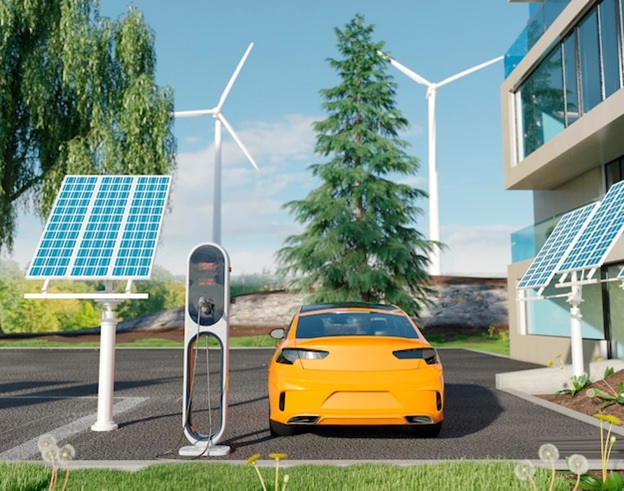
Conclusion: 2025 will become a Year of Transition
The future of electric cars is hurtling at breakneck speed, and 2025 is shaping out to be the year when it all comes together at long, long last. Faster charging and long range, autonomous driving and smart, connected cars – it’s a new era in transportation about to arrive, and it’s no dream any more, but a reality in full swing, and one that will only become even brighter in the years to follow. So, sit back and settle in—it’s in for a zesty one

